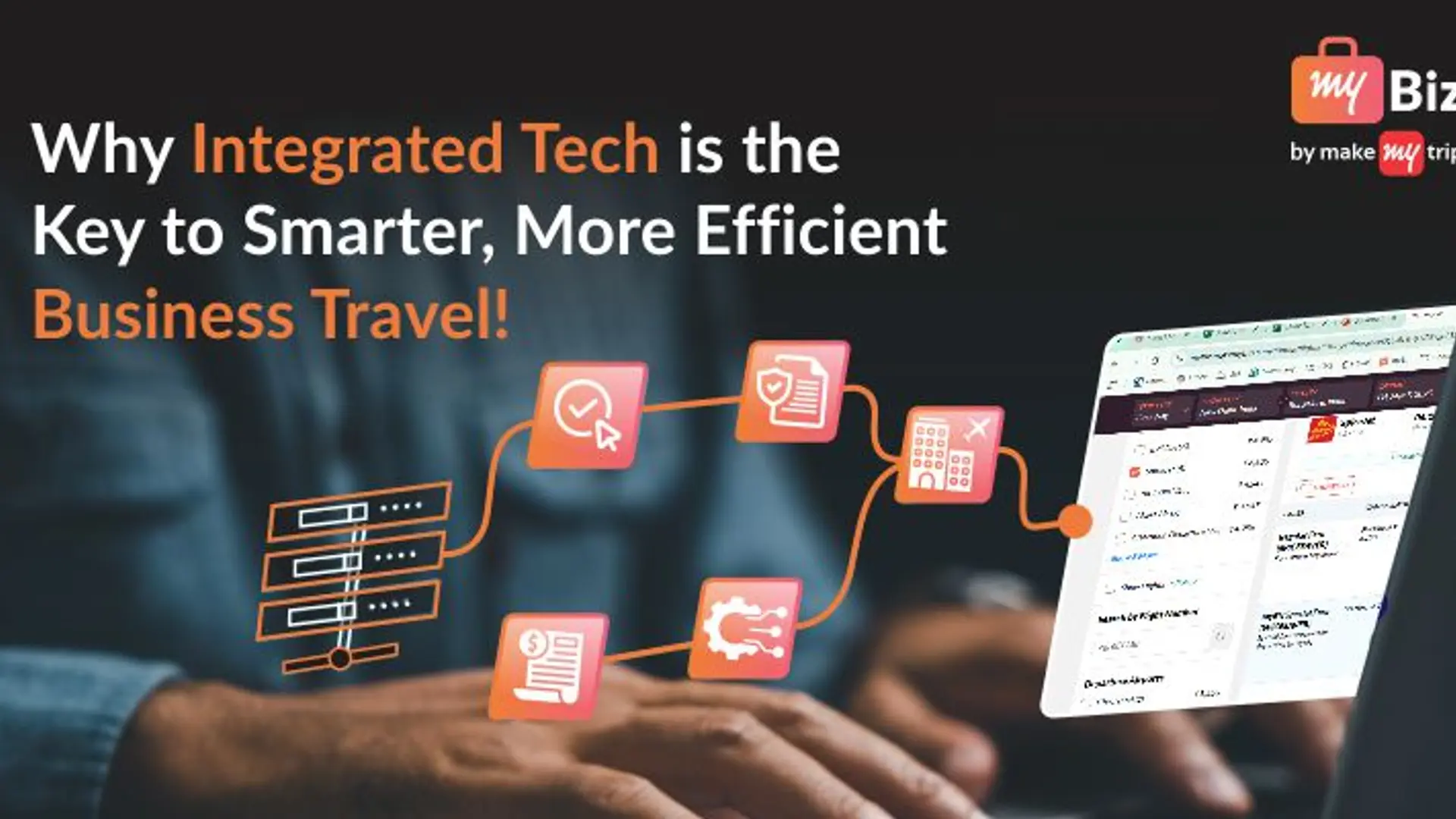5 key pillars for financial enterprise mobility
Collaborations between legacy institutions and fintech companies are a first step for driving a paradigm shift, and hold the key for moving forward.
Across industries and domains, enterprises of the 21st century are undergoing paradigm shifts due to technology. New disruptive trends such as SMAC (Social, Mobile, Analytics, and Cloud) have become ubiquitous and dominant market realities that give customers the tools to become more demanding and knowledgeable. Due to advancements such as enhanced computing, device portability, and technology penetration, enterprises can reap the benefits of instant access by diverting resources towards adopting mobile-first strategies.

While 82 percent of global financial institutions expect to increase fintech partnerships in the next three to five years (as per a PwC report), in India the situation demands a concerted effort between the private and public sector. Synergy in the financial sector will play a significant role in this transition and there are plenty of proactive regulatory and policy support from the Indian government to drive this forward. Initiatives such as Jan Dhan Yojana, Aadhaar, UPI, and the demonetisation amongst others are heralding a digital economy in India to improve financial inclusion and reach last-mile touchpoints.
Even though 80 percent of transactions in India are cash-based, the future is a cashless one and fintech companies are partnering with traditional institutions to support this. The advantages of India are clear here – a large populace of unbanked people, strong technology backbone, and an entrepreneurial culture. In this context, banking solutions based on the concept of enterprise mobility would require five key pillars to adopt a strategic and consistent mobility plan – user experience, security, multi-device, analytics and agility.
User experience
Today, more than 40 percent of the world’s population uses mobile technology for their banking needs, and KPMG reports that by 2020, the transactional value of the fintech sector will exceed $73 billion. So, delivering a memorable and delightful user experience is key to developing a user base that delivers high levels of engagement and loyalty. It is common knowledge that easy access, stylish design, and intuitive interface are factors that encourage greater levels of user adoption. Ultimately, this boosts acquisition, upselling, servicing, and better relationship building, all which increase ROI and make enterprise mobility profitable.
Security
Security is another vital cog of the machine that financial institutions cannot afford to ignore. Enabling mobile wallets and payments is well and good, but banks also need to be on top of security protocols and data loss prevention. High-profile data leaks from banks are cause for great alarm, and cyber-attackers will continuously attempt to exploit any loopholes in the system. Social engineering and the extent of user data that is up for grabs is a potential goldmine of information that can be stolen for attackers, so financial institutions have an obligation to ensure their security.
Improved security can be a significant value addition and differentiator so fintech companies and banks should work to ensure multi-level security that guarantees data integrity at all stages. For instance, data encryption before the SSL level is one-way enterprises can prevent data loss.
Multi-device
Now is also the best time for banks and financial institutions to utilise a multi-device approach for servicing customers. Smartphones and mobile wallets have already become widespread, and smartwatches and other wearables are also entering the equation now. Modern platforms can replace old-fashioned payment methods and push the country to an era of digital payments.
Enterprise apps thus need to understand user behaviour as to when they shift from one device to another to ensure a seamless experience and remote access. In India, for instance, the demonetisation has set the nation on a path towards a cashless economy. More people are performing transactions of all sizes on digital platforms. So banks and financial institutions need to facilitate this transition.
Analytics
If banks and financial institutions can think beyond simple transaction-based models and utilize the analytical capabilities of the cloud and big data, they can effectively provide new-age banking services to their customers. Users spend significant amounts of time interacting with their smartphones and apps, so enterprises should aim to deliver contextually-relevant and personalized solutions that enable real-time responses. This can also improve relationships, loyalty, and user retention.
Agility
Banks need to constantly evolve their mobile apps with the changing customer preferences. Adopting a micro app based architecture is a useful strategy as the simplicity it offers makes it easy to build, maintain, and reuse mobile apps. Financial institutions can thus build small apps that perform specific tasks and club these together to build complex apps for customer onboarding, account and loan management, risk and credit management and so much more; rather than building a monolithic and complex all-rounder app. This whole approach towards building apps makes digital transformation agile and streamlined with a significant reduction in efforts and costs involved in developing apps.
Historically, innovations in the financial space have been held back by regulatory uncertainties and a reluctance from financial institutions to adopt disruptive innovations. However, this situation is now irreversibly changing. Collaborations between legacy institutions and fintech companies are a first step for driving this paradigm shift and hold the key for moving forward.
Old strategies such as an acquisition of startups or replication of competition models cannot cut it anymore. So, for financial institutions to meet the evolving financial demands of the 21st century and ensure compliance, fintech partnerships are the way forward. Leveraging this, financial institutions can supplement traditional offerings with new offerings such as alternative lending, financial inclusion, and insurtech. Additionally, digital tools and connectivity allow players to develop transparent, profitable, and predictive models that can boost the digital economy further.
(Disclaimer: The views and opinions expressed in this article are those of the author and do not necessarily reflect the views of YourStory.)







